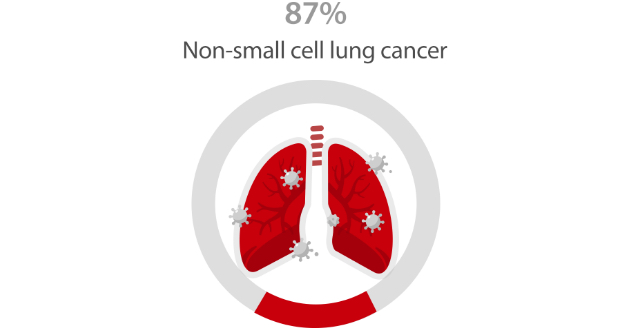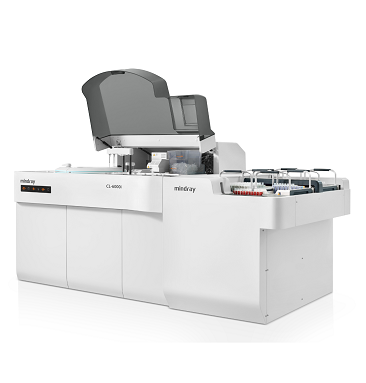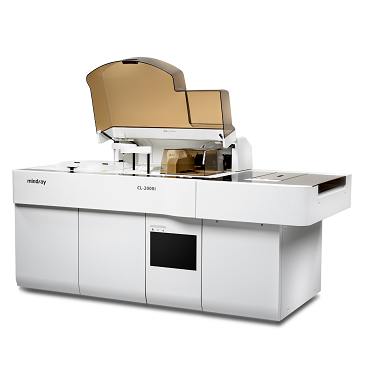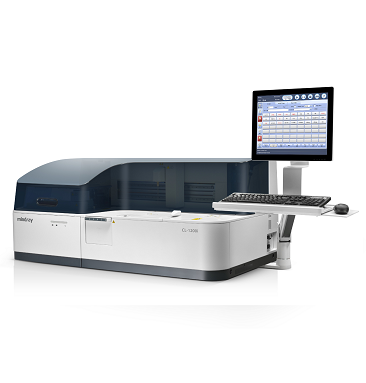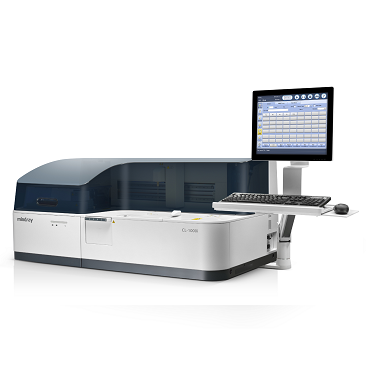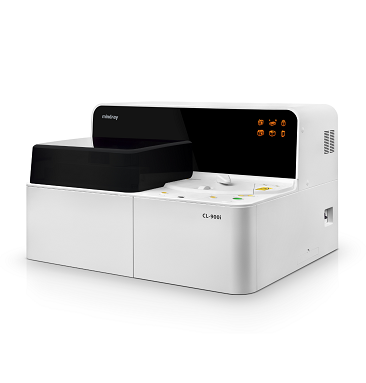Lung cancer is the leading cause of cancer deaths worldwide, and small-cell lung cancer (SCLC) accounts for about 13 percent of all lung cancers. However, SCLC is a more aggressive form of cancer, which tends to grow quickly and metastasize more easily to other parts of the body.
American Cancer Society, Lung Cancer - Small Cell:
Statistics, updated Jan 2020,
https: //www.cancer.net/cancer-types/lung-cancer-small-cell/statistics
And unfortunately, most patients will ultimately relapse and die from the recurrent disease.
The symptoms of lung cancer include having a cough, chest pain, and trouble breathing. The doctor will also ask the patient to undergo physical examinations such as a chest X-ray, CT scan, PET scan, biopsy, bronchoscopy or blood test.
With the increasing awareness among doctors of the efficacy of blood tests, blood tests are playing an important role in SCLC diagnosis, especially as they provide evidence of the tumor markers-ProGRP and NSE.
ProGRP
Progastrin-releasing peptide (ProGRP) is a recently identified biomarker for small-cell lung cancer (SCLC), a Gastrin-Releasing-Peptide precursor. For supporting diagnosis of SCLC, ProGRP has the highest sensitivity among all tumor markers. Serum levels are clearly related to the lung cancer histological type with significantly higher levels observed in SCLC.
NSE
Another traditional tumor marker for SCLC is NSE, produced by small-cell carcinomas, which are neuroendocrine in origin. NSE is therefore a useful tumor marker for distinguishing small-cell carcinomas from other tumors.
ProGRP and NSE markers in serum are both useful in diagnosing early lung cancer. But the combined use of these tumor markers could cause a significant increase in the sensitivity and specificity of diagnostic tests.
In addition to supporting diagnosis, ProGRP and NSE tumor markers may assist in SCLC prognosis, early diagnosis of a recurrence, and therapy monitoring.
Characteristics of Mindray’s SCLC marker
Mindray provides the ProGRP assay that is optimized to avoid the interference of thrombin, which means both the serum and plasma could be used as samples.
Next time, we will talk about the NSCLC biomarkers and their functions. Stay tuned.
Mindray’s lung cancer panel
Mindray provides a complete solution to support the diagnosis of small-cell lung cancer.
References:
1. American Cancer Society, Lung Cancer - Small Cell: Statistics, updated Jan 2020, https://www.cancer.net/cancer-types/lung-cancer-small-cell/statistics
2. Joachim Schneider, Tumor Markers in Detection of Lung Cancer,Advances In Clinical Chemistry, 2006,VOL. 42. P4-19. (DOI: 10.1016/S0065-2423(06)42001-1).
3. Tumour Markers in Lung Cancer, European oncological disease 2006, P106-108. (DOI: 10.17925/EOH.2006.0.2.106).
4. Xianfeng Lu, et al. Meta-analysis of serum tumor markers in lung cancer. Zhongguo Fei Ai Za zhi. 2010, 13: 1136-1140.

